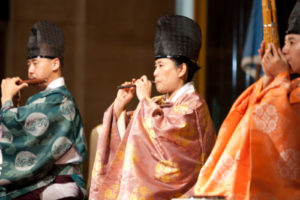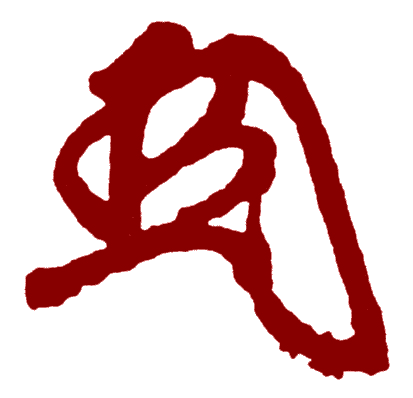
IMJS: Japanese Cultural Heritage Initiatives
Columbia University
Treasuring the Past・Enriching the Present・Transforming the Future

- This event has passed.
Celestial Sounds: Japanese Sacred Court Music and Recent Reverberations
Friday, March 24, 2006 @ 5:30 pm - 7:30 pm

Presenting renowned musicians originating from the Reigakusha orchestra
Hitomi Nakamura – hichiriki
Mayumi Miyata – shō
Takeshi Sasamoto – ryūteki
with commentary by Professor Naoko Terauchi
and New York artists
Marie Dalby – viola da gamba
Nancy Kito – harpsichord
The gagaku repertoire preserves musical modes no longer extant in their countries of origin in Central Asia, Tibet, China, and Korea. Its orchestrations have accompanied sacred and secular practices in Japan continually since the 8th century down to the present day. And yet in the words of Henry Cowell, “It is the most avant garde music in the world today. I love it.”
The concert will conclude with a world premiere of Koyomi (Almanac) by Hiroya Miura, featuring Mayumi Miyata (shō), Nancy Kito (harpsichord), and Marie Dalby (viola da gamba).
Concert Program
Part I: The Classical Sound of Gagaku Music
Presented in an abbreviated ensemble of three wind instruments, ryūteki, hichiriki, and shō.
Hyōjō no chōshi
Etenraku
Demonstration of Instruments with Commentary
Somakusha
Tuning section (netori)
Free-rhythm prelude (jo)
Unfolding (ha)
Part II: Contemporary Music for Gagaku Instruments
Ryūteki solo Takeshi Sasamoto
Tsuki no shita nite (Under the Moon) (1992) by Takeshi Sasamoto
Hichiriki solo Hitomi Nakamura
“Finalé with an Etude-like Cadenza” from Bōkyō (Longing for Home) (2003) by Eikichi Kiyomoto
Shō solo Mayumi Miyata
Senkō-hana-bi (1997) by Robert HP Platz (1951~) (World Premier)
Koyomi (Almanac) for shō, harpsichord, and viola da gamba (2006) by Hiroya Miura (1975~)
]Life[ for shō, hichiriki and glass chimes (2004) by Gerhard Stäbler (1949 ~)

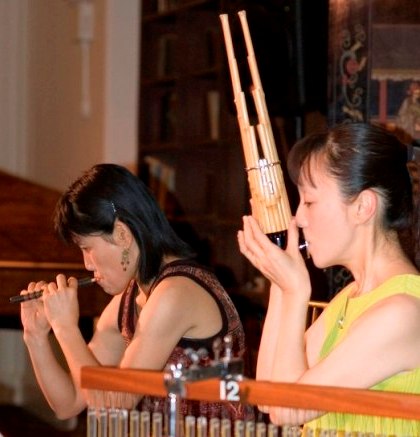
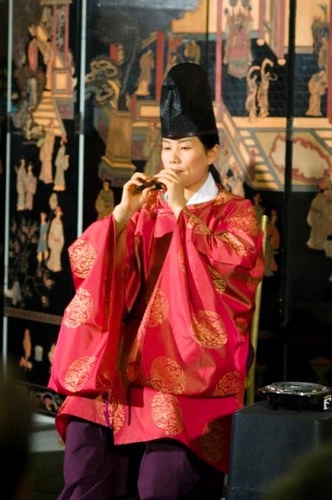
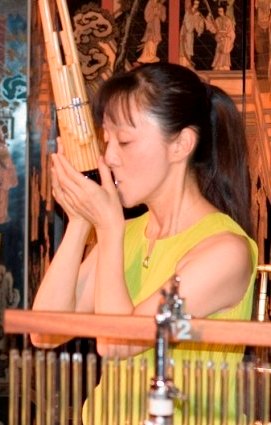
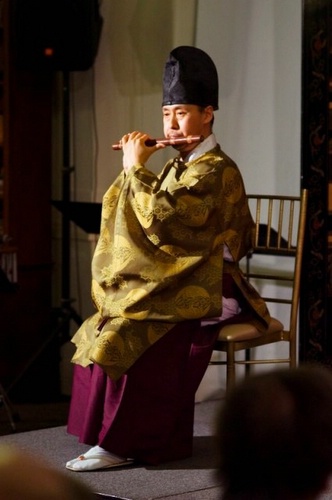
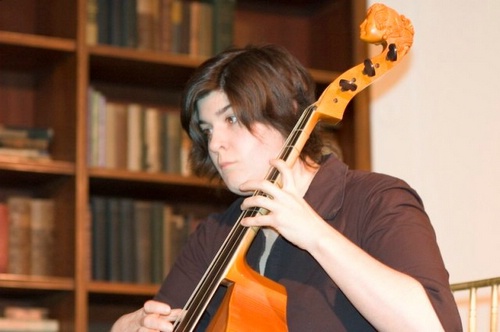
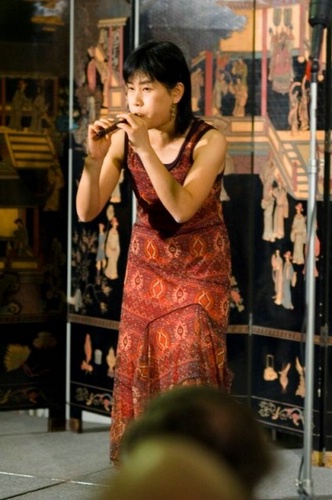
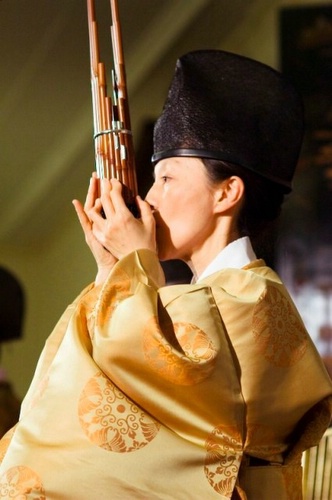


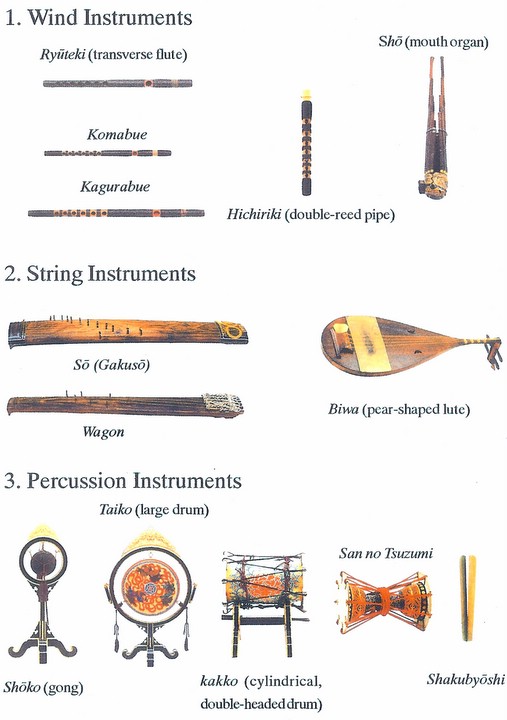
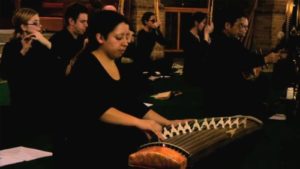 In conjunction with the Gagaku-Hōgaku Classical Japanese Music Curriculum and Performance Program at Columbia University, launched in September 2006, the Institute for Medieval Japanese Studies presents several public gagaku concerts and instrumental workshops to introduce the ancient music of Japan to a greater audience at Columbia University and in New York.
In conjunction with the Gagaku-Hōgaku Classical Japanese Music Curriculum and Performance Program at Columbia University, launched in September 2006, the Institute for Medieval Japanese Studies presents several public gagaku concerts and instrumental workshops to introduce the ancient music of Japan to a greater audience at Columbia University and in New York.